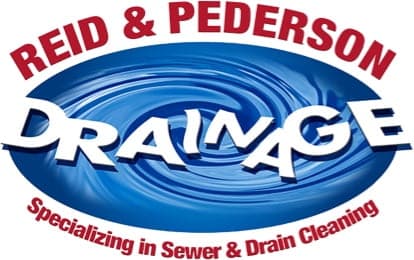Earth Day 50th Anniversary
When is Earth Day & Why? April 22nd, 2020 marks the 50th anniversary of Earth Day. The first Earth Day took place on April 22nd, 1970 in an effort to promote consciousness of the state of our planet and the effects of environmental pollution in the lives of humans around the globe. Founded by Gaylord … [Read More]
